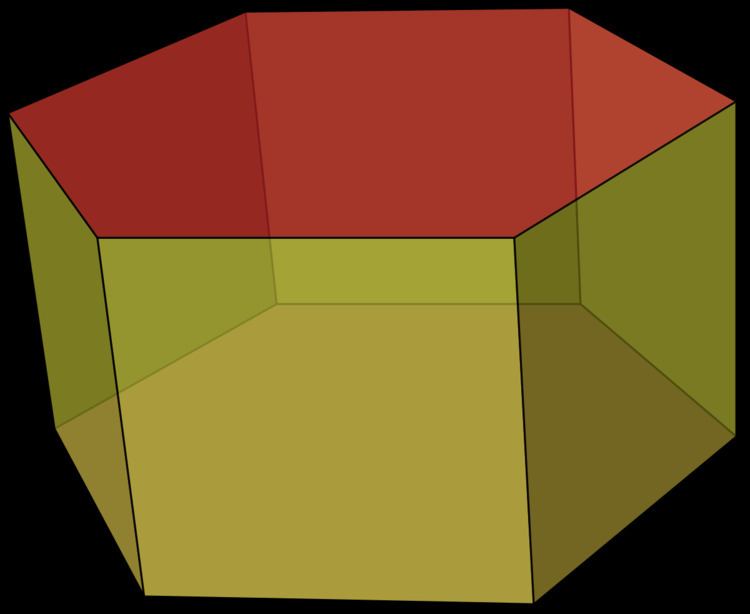

Journal of the American Chemical Society 2020, 142 Ethylene Selectivity in Electrocatalytic CO2 Reduction on Cu Nanomaterials: A Crystal Phase-Dependent Study. Ye Chen, Zhanxi Fan, Jiong Wang, Chongyi Ling, Wenxin Niu, Zhiqi Huang, Guigao Liu, Bo Chen, Zhuangchai Lai, Xiaozhi Liu, Bing Li, Yun Zong, Lin Gu, Jinlan Wang, Xin Wang, Hua Zhang.Highly Electrocatalytic Ethylene Production from CO2 on Nanodefective Cu Nanosheets. Bingxing Zhang, Jianling Zhang, Manli Hua, Qiang Wan, Zhuizhui Su, Xiuniang Tan, Lifei Liu, Fanyu Zhang, Gang Chen, Dongxing Tan, Xiuyan Cheng, Buxing Han, Lirong Zheng, Guang Mo.Evidence of Local Corrosion of Bimetallic Cu–Sn Catalysts and Its Effects on the Selectivity of Electrochemical CO2 Reduction. Wan Jae Dong, Jin Wook Lim, Dae Myung Hong, Jae Yong Park, Won Seok Cho, Sangwon Baek, Chul Jong Yoo, Wanho Kim, Jong-Lam Lee.Cation Effect on Interfacial CO2 Concentration in the Electrochemical CO2 Reduction Reaction. Hydrophobic Copper Interfaces Boost Electroreduction of Carbon Dioxide to Ethylene in Water. Hong-Qing Liang, Siqi Zhao, Xin-Ming Hu, Marcel Ceccato, Troels Skrydstrup, Kim Daasbjerg.Noble-Metal Nanocrystals with Controlled Shapes for Catalytic and Electrocatalytic Applications. Yifeng Shi, Zhiheng Lyu, Ming Zhao, Ruhui Chen, Quynh N.Interface-Enhanced Catalytic Selectivity on the C2 Products of CO2 Electroreduction. Zhen Li, Yao Yang, Zhenglei Yin, Xing Wei, Hanqing Peng, Kangjie Lyu, Fengyuan Wei, Li Xiao, Gongwei Wang, Héctor D.Recent Advances on Nanomaterials for Electrocatalytic CO2 Conversion. Chao Chen, Zhenyu Zhang, Guilin Li, Lei Li, Zhan Lin.Journal of the American Chemical Society 2021, 143 Selectivity Control of Cu Nanocrystals in a Gas-Fed Flow Cell through CO2 Pulsed Electroreduction. Hyo Sang Jeon, Janis Timoshenko, Clara Rettenmaier, Antonia Herzog, Aram Yoon, See Wee Chee, Sebastian Oener, Uta Hejral, Felix T.Architectural Design for Enhanced C2 Product Selectivity in Electrochemical CO2 Reduction Using Cu-Based Catalysts: A Review. ACS Applied Materials & Interfaces 2021, 13 Metalloporphyrin Encapsulation for Enhanced Conversion of CO2 to C2H4. Tingting Yan, Jin-Han Guo, Zhi-Qiang Liu, Wei-Yin Sun.Breaking Scaling Relationships in CO2 Reduction on Copper Alloys with Organic Additives. Watkins, Alonso Rosas-Hernández, Arnaud Thevenon, Gavin P.

Electrochemical Reduction of CO2 to HCOOH over Copper Catalysts.

Tania Akter, Hanqing Pan, Christopher J.This article is cited by 135 publications. The enhanced performance and durability of prism Cu catalysts hold promise for future industrial applications. Furthermore, stability tests show a drastic improvement in maintaining C 2H 4 production over 12 h. We have demonstrated that the enhanced C 2H 4 production is partially attributed to the higher density of defect sites available on the roughened Cu prism surface. Electrochemical CO 2 reduction measurements show improved activities for C 2H 4 production with a high partial current density of −11.8 mA/cm 2, which is over four times higher than that of the planar Cu sample (−2.8 mA/cm 2). These Cu prism electrodes were characterized by scanning electron microscopy, X-ray diffraction, and X-ray photoelectron spectroscopy. Herein, we have developed prism-shaped Cu catalysts for efficient and stable CO 2 electroreduction by using an electrodeposition method. Electrochemical CO 2 reduction has attracted much attention, because of its advantageous ability to convert CO 2 gas to useful chemicals and fuels.


 0 kommentar(er)
0 kommentar(er)
